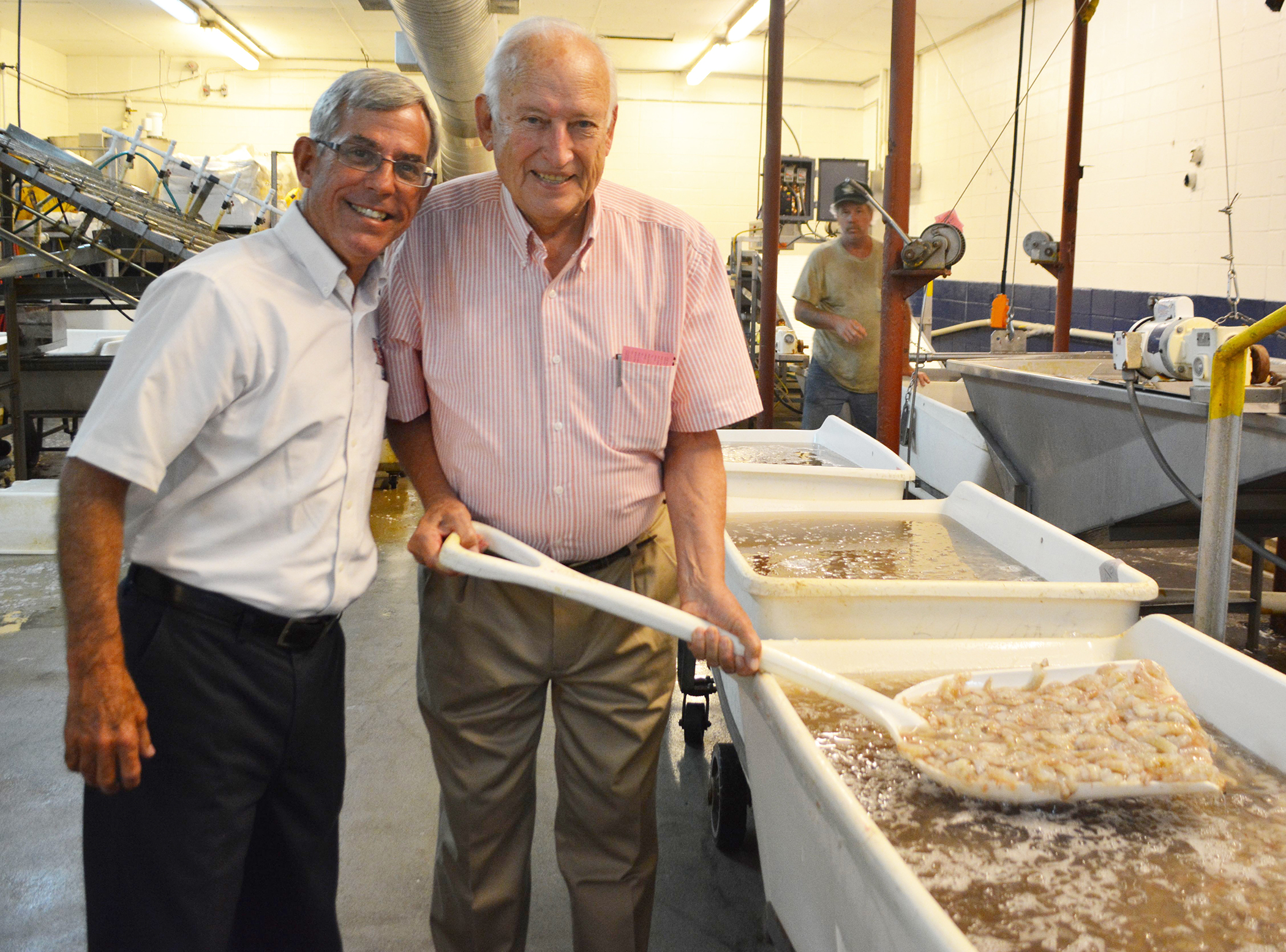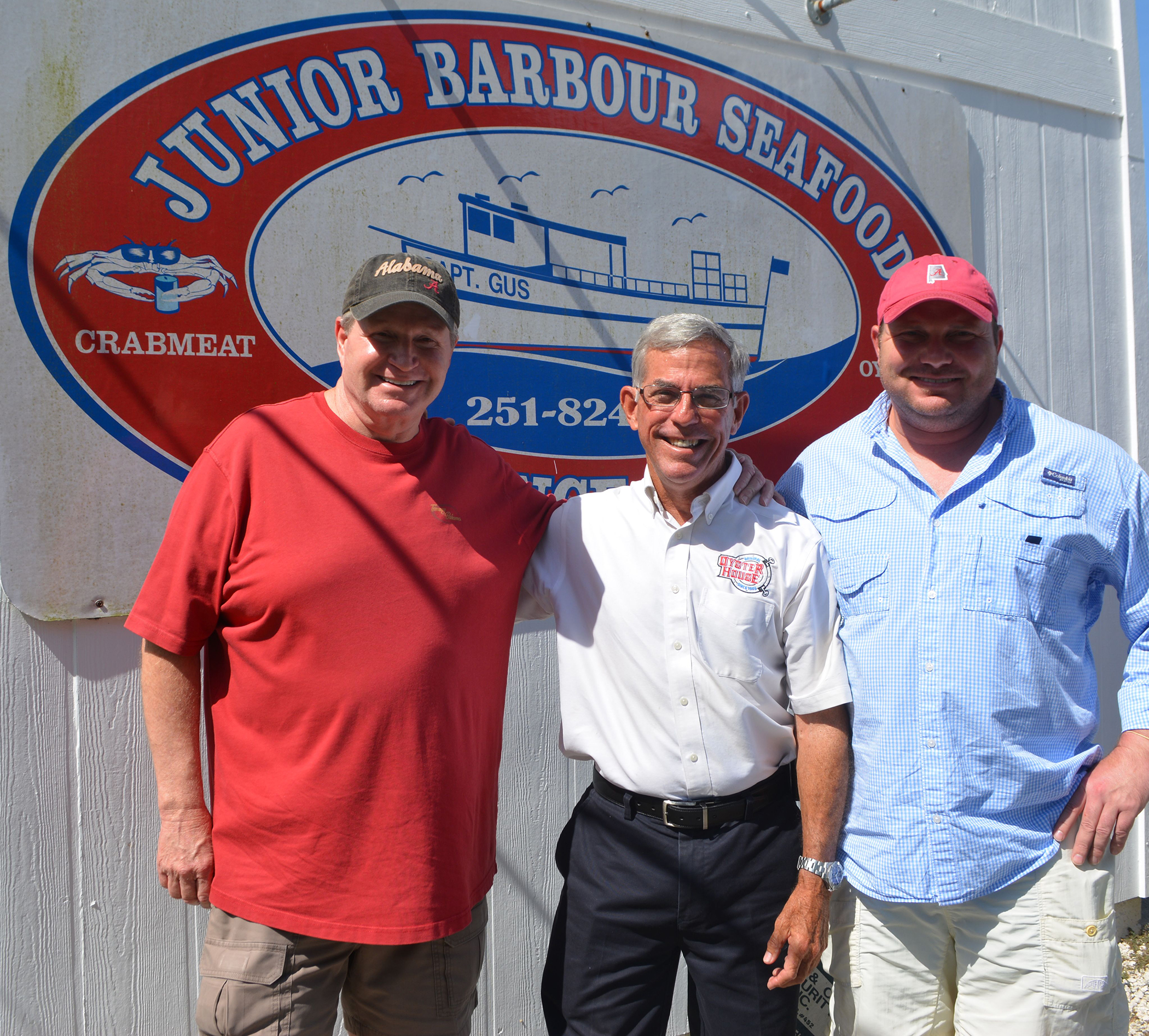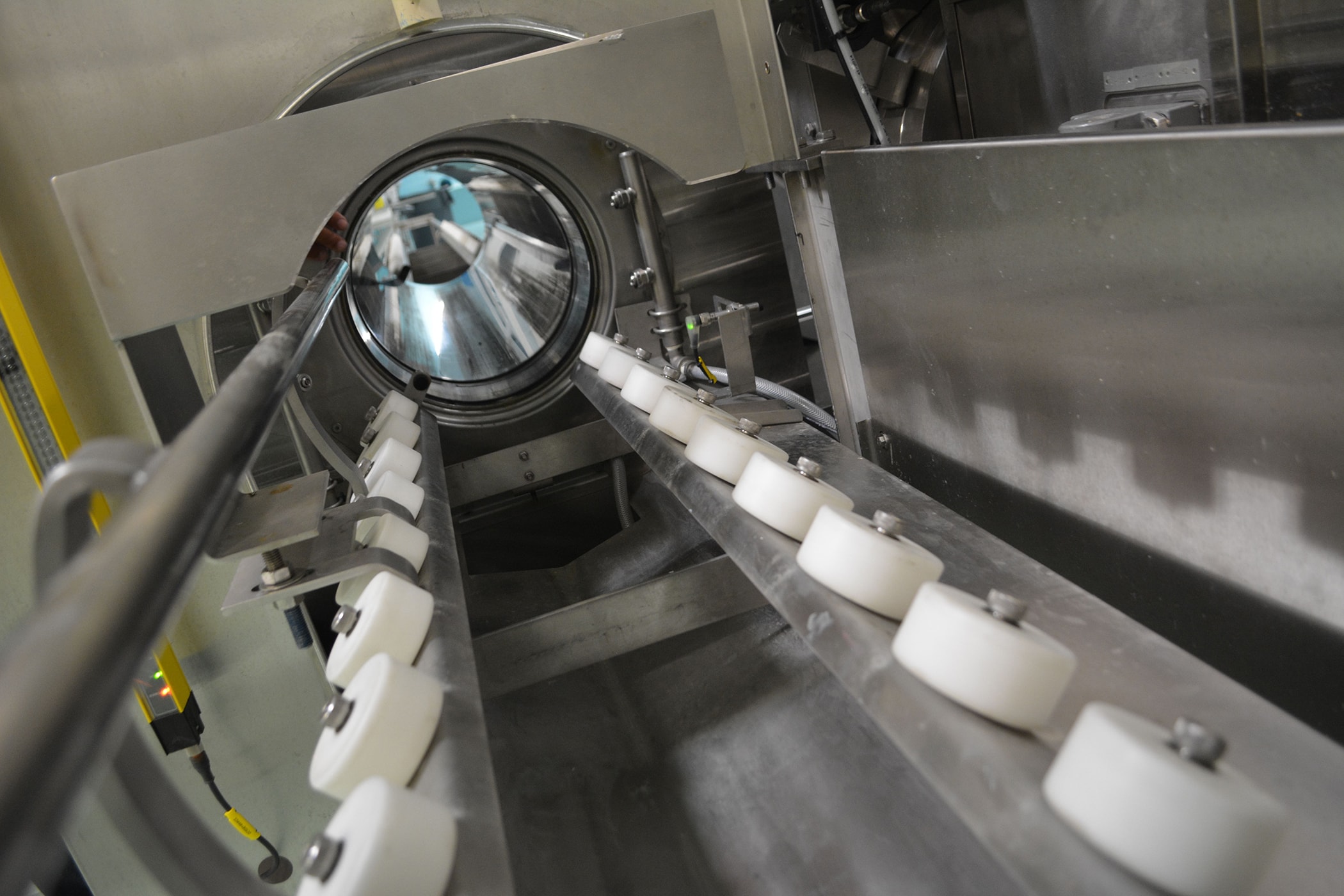When you go out for dinner, do you wonder what all goes into your seafood? Most of us question ingredients, freshness, presentation, diversity of flavors and the restaurant’s health rating. But another important question to ask is how restaurateurs procure their best catch. We asked David Dekle, co-owner and seafood buyer of the Original Oyster House, how he ensures the best oysters, shrimp, crab, fish, alligator and other local delicacies year round at his 33-year-old restaurants.
“There is a saying in the restaurant business, you are only as good as your last meal. Being in the seafood business, our suppliers are crucial to every meal. You want the best suppliers that don’t short product or supply product that has freshness or consistency issues and you want to work with people who share the same core values in delivering the best seafood to our restaurants. We consider our suppliers to be partners in our business because they help guarantee the finest seafood available,” explained Dekle.
For Dekle, a lifetime in the food business has helped secure strong partnerships with local suppliers including three processors located around Bayou LaBatre, the seafood capital of Alabama: Junior Barbour Seafood, Jubilee Seafood and R&A Oyster. Understanding how seafood is processed has played a role in Dekle choosing these suppliers who pick, pack and ship seafood in compliance with current good manufacturing practices and sanitization standard operating procedures of the Food & Drug Administration [FDA].
Seafood processing today has the most stringent safety regulations of any food in North America. In the late nineties, the FDA initiated Hazard Analysis Critical Control Points (HACCP), a program designed to increase safety in processing plants for consumers and to reduce seafood related illnesses.
HACCP is a system of preventive controls for food safety that commercial seafood processors develop to identify potential food safety hazards and implement policies. It focuses on identifying and preventing hazards that could cause foodborne illnesses.
HACCP places more responsibility on the food processor to identify and control hazards, to document regular pasteurization equipment checks and to document the effectiveness of their system. This requires constant verification that the system is working. In-plant audits and record review audits are an important part of regulatory oversight.
Quality Control
One family-owned business that prides itself with quality excellence is Junior Barbour Seafood, established in 1979 by the late Junior Barbour. Born and raised on the Bayou, Junior Barbour was a commercial fisherman, a veteran of the US Navy and a business owner dedicated to high quality standards. His high quality standards continue today as Junior Barbour Seafood has been providing the finest, freshest crabmeat to the Original Oyster House restaurants from the Gulf of Mexico for over 20 years. Junior Barbour Seafood employs around 100 workers and processes on average 14,000 pounds of blue crab daily.
Once blue crabs are delivered from the boats, they are unloaded into a large tank of water. Any crab that has died will float to the surface for easy disposal. This ensures no bad meat enters the processing line. The crabs are conveyed into a steel crate that holds around 1,000 pounds of crab. The crate is submerged into boiling water for 15 minutes and iced immediately to a temp of 45 degrees or less. Workers remove the claws and body meat. A final ultraviolet light processing in an enclosed area then allows a worker to distinguish glowing shells from crabmeat for removal.
Exceeding the HACCP guidelines and standards, Junior Barbour Seafood emphasizes quality and safety protocols by putting in practice a rigorous monitoring, sanitation and educational approach in preventing hazards in their production process. Raymond and Brad Barbour, second and third generation family members, continue the seafood business Raymond’s father started.
Waste Not, Want Not
As one of the largest processors of shrimp on the Gulf Coast, Jubilee Seafood has supplied shrimp along with fish, alligator, snow crab legs, and crawfish to the Original Oyster House for over 20 years.
Jubilee Seafood was founded by Walton Kraver, Sr. in 1967 who has grown the business into a multi-million dollar operation distributing over 350 products to restaurants over three states. Jubilee Seafood employs around 90 workers. Born and raised in Bayou LaBatre, AL, Kraver has a long history of working in the seafood industry as did generations of family before him.
Jubilee Seafood mechanically processes from 50,000 to 70,000 pounds of shrimp daily. The shrimp are first weighed, conveyed onto a series of inclined spinning rollers where the shell of the shrimp is cracked, split and peeled. As the shrimp pass down the rollers, they move through a series of cleaning sluices that lead to the deveining on a razor slide. The deveined shrimp are conveyed to a culling table where workers remove defective product. The properly sized, peeled, and deveined shrimp are moved to freezer.
After the BP oil spill, Kraver spearheaded a member-owned Gulf Coast Agricultural and Seafood Co-op to find an efficient, cost-effective way to recycle seafood by-products, save money and create jobs. Through grants, loans and other funding, the co-op opened a 13,000-square-foot seafood recycling plant in 2010 in Bayou LaBatre. The plant saves local processors around $250,000 annually for transportation and landfill fees for seafood waste.
The plant salvages shrimp and crab hulls from local seafood processors, removes moisture by a screw press system before drying it in a highly efficient gas-fired air dryer that operates using biogas generated in the process. The dried material is containerized and sold as organic fertilizer. The plant is capable of processing more than 5,500 tons of shrimp and crab waste annually in an environmentally friendly process.
Fresher under Pressure
R&A Oyster, a family-owned company with 30+ years in the oyster industry, cultivate and process oysters along the Gulf Coast and staff from 60 to 90 employees. With its own truck and boat fleets, R&A Oyster sells 500,000 oysters a week. Its state-of-the-art, 35,000 square-foot oyster processing plant in Alabama features one of the few Avure High Pressure Processing (HPP) systems in the area. HPP or non-thermal pasteurization uses pure cold water and up to 87,000 PSI to inactivate pathogens, and dramatically extend shelf life of seafood with no chemicals, heat or additives.
The larger of the two HPP systems at R&A oyster is named Heidi after the operator’s wife. After 2 years of planning, Heidi was installed on a pad that is rooted 50 feet deep, made of layers of concrete slab and sand. Heidi’s main solid stainless steel cylinder is 18 inches wide and weighs over 100,000 pounds. One added benefit of High Pressure Processing is 100% of the meat detaches from an oyster shell, which produces 125% more yield than a shucked oyster. This means no shucking is required since the shell will pop open easily after HPP and the oyster abducter muscle completely releases from the shell. HPP increases productivity, lowers labor costs and eliminates food-born pathogens including vibrio.
The high quality standards do not stop with Heidi’s high pressure processing at R&A Oyster, as safekeeping policies are found throughout the plant. Everything at R&A Oyster is palletized within the plant so product never touches the floor. Safety signs in multiple languages help ensure no violations. A cutting-edge cryogenic cooler processes individual quick frozen (IQF) oysters. All lubricants and cleaners are approved and certified for use in the plant. All processing areas, floors and trucks are sanitized daily and loading docks are climate controlled. Coolers and freezers are monitored with air sensing temperature controls that are checked regularly. All oyster tracking data include hand-kept records and computerized files so R&A Oyster can maintain stringent records.
In a community still recovering from Katrina in 2005 and the BP catastrophe in 2010, many families’ livelihoods depend on catching, processing, transporting and selling seafood. These local processors are invested in their communities and are helping to advance the seafood industry, make processing more efficient and safe.
“The success of our local partners (seafood processors) not only helps our never ending quest to serve the best seafood available, but also provides jobs to hundreds of good hard working people. I recognized a lot of these folks as customers of the Original Oyster House.Truly a win-win for everyone,” stated Dekle.
According to the 2014 Commercial Fisheries Stats by the National Oceanic and Atmospheric Administration, 20.8 million pounds of seafood products were landed in Bayou La Batre with a dockside value that averages more than $58 million annually. Shrimp is the mainstay of the Bayou La Batre commercial fishery and historically has provided more than 80 percent of the value of all seafood products landed. Oysters, crabs, and finfish are also taken by Bayou La Batre fishermen. It is estimated that commercial seafood landings in Bayou La Batre alone have an economic impact on the state of $80 million annually. Alabama’s seafood industry has an economic impact of $660 million dollars, and provides 15,000 jobs.

Jubilee Seafood was founded by Walton Kraver, Sr., seen scooping fresh shrimp in his processing plant with David Dekle. Kraver, who has grown the business into a multi-million dollar operation distributing over 350 products.

Raymond and Brad Barbour, second and third generation family members, continue the seafood business Raymond’s father started. Pictured from left are Raymond Barbour, David Dekle and Brad Barbour.

R&A Oyster state-of-the-art, 35,000 square-foot oyster processing plant in Alabama features one of the few Avure High Pressure Processing (HPP) systems in the area. HPP or non-thermal pasteurization uses pure cold water and up to 87,000 PSI to inactivate
